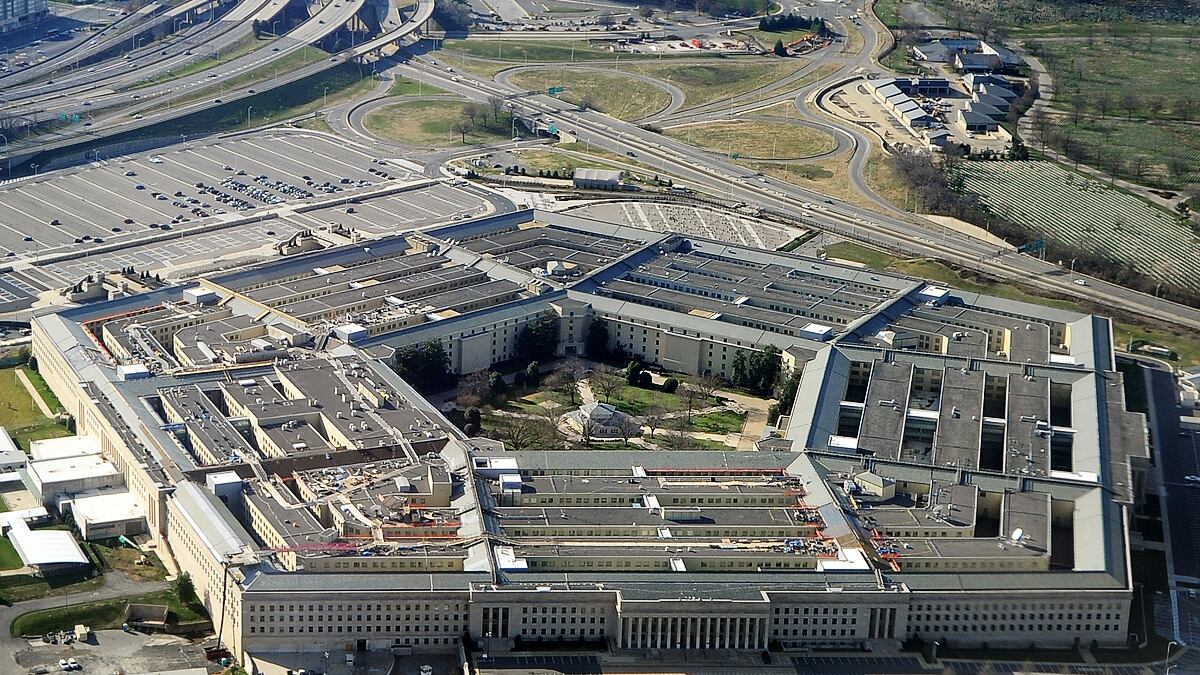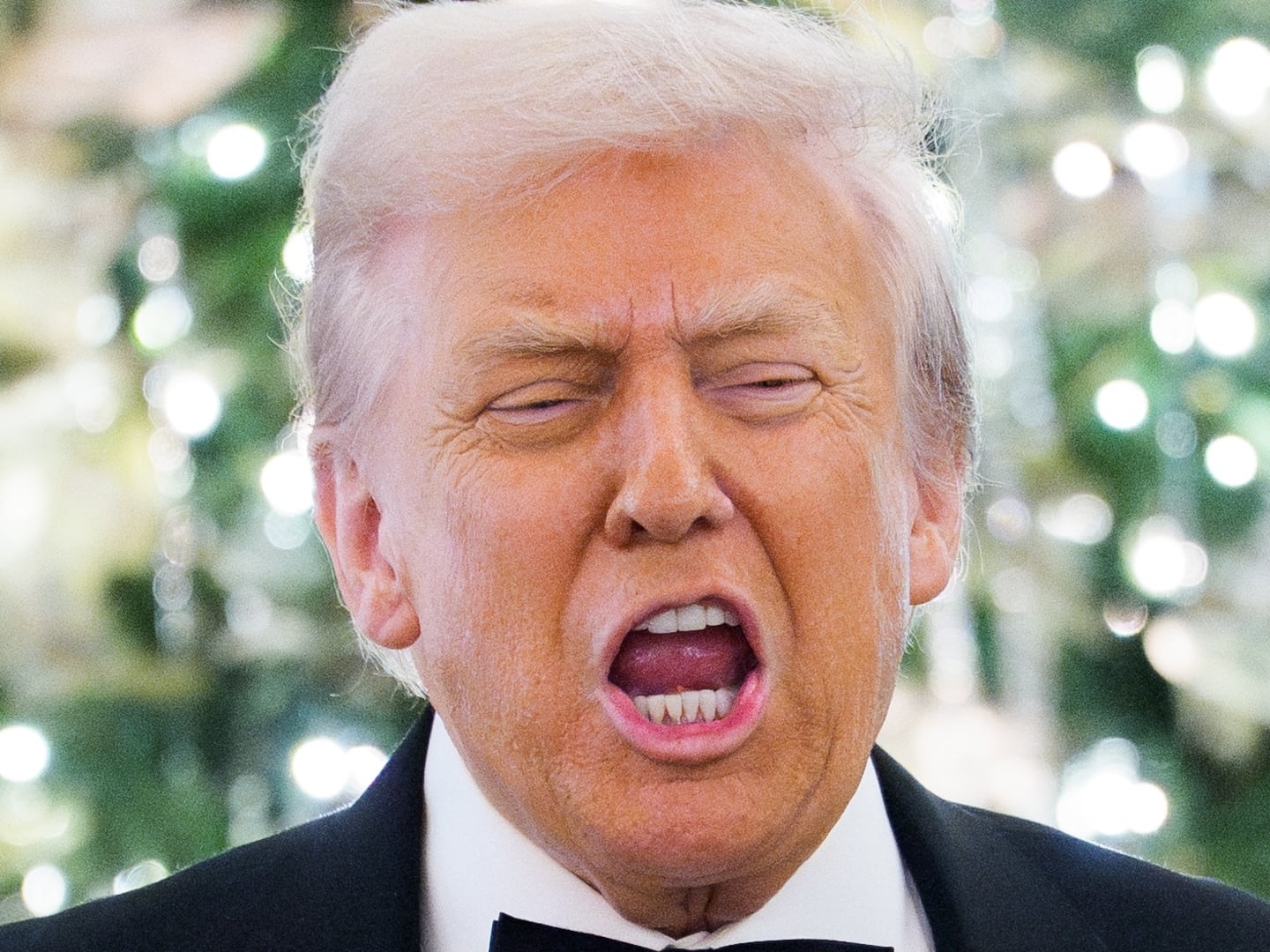The new “agile” and “flexible” U.S. military that President Obama promises to build in these lean budget times likely spells fewer soldiers and more Predator drones.
Rather than full-scale counterinsurgencies and a large deployment of troops, Americans may be relying more on targeted warfare, or a combination of Special Operations forces and unmanned aerial vehicles, or UAVs, to reach their goals.
In other words, as Peter Mansoor, who served as the executive officer to Gen. David Petraeus in Iraq from 2007 to 2008, puts it, “more like Yemen than Afghanistan.”
The numbers spell it out: administration officials reached an agreement with members of Congress last summer on ways to reduce the deficit, a deal that included cuts in defense spending of roughly $450 billion over the next decade. As a result, the military’s resources are dwindling, and they are now forced to reduce their size. Beyond the numbers, however, is the story of a new kind of American force—and the rise of the drone.
Drones took off after the terrorist attacks of 2001: they were one of the best ways to track down al Qaeda commanders in the mountainous regions of Afghanistan. Drones were ramped up again in 2007 with the escalation of the counterinsurgency campaign in Iraq, since the unmanned aerial vehicles were good at surveillance and could help troops find IEDs and bomb-making facilities. Now with a “leaner” military, as Obama described it on Thursday, UAVs are getting another boost.

“A military that is smaller and more flexible and [has] the ability to move quickly—you can read into that a new style of operation that is supported by unmanned aerial vehicles,” says Steven Reid, senior vice president of AAI Unmanned Aircraft Systems of Hunt Valley, Md.
Rep. Henry Cuellar (D-Texas), co-chairman of the Congressional Unmanned Systems Caucus, which was created to educate members of Congress and the public about drones, says this is the right approach. “In the Cold War, you would use big armies and nuclear weapons,” he says. “Now because of the new threats, you’ve got to have a more agile force.”
The rise of the drone also means the fall of counterinsurgency, as well as the notion that the United States should be able to conduct two wars simultaneously. Defense Department officials traditionally have used that as a benchmark and tried to ensure that the military had enough resources for such a scenario.
In early 2010, for example, the administration’s Quadrennial Defense Review (PDF), which assesses threats to national security and lays out military priorities, described the importance of the nation’s “ability to prevail against two capable nation-state aggressors.”
That requirement has been dropped. Now, according to the president’s new report, Sustaining U.S. Global Leadership: Priorities for 21st Century Defense, (PDF) a document that outlines the new strategy, the U.S. will maintain its ability to fight one war and at the same time the capacity to deny “the objectives of—or imposing unacceptable costs on—an opportunistic aggressor in a second region.”
For some, the shift in thinking is overdue. “There is a recognition that endless counterinsurgency wars are both something we’re not very good at and also don’t add very much to American security,” says Harvard’s Stephen M. Walt, author of Taming American Power. “The U.S. wants to get out of the occupational and nation-building business. It didn’t go well in Iraq and Afghanistan.”
Americans no doubt will continue to face problems in countries such as Pakistan, Yemen, and Somalia, where terrorist groups have set up training camps or control parts of the country. For these situations, administration officials will favor special forces and aerial drones because they are cheaper economically and politically, says Michael P. Noonan, a director at the Philadelphia-based Foreign Policy Research Institute. “It’s called economy of force,” he says.
Meanwhile, the rise of the drone has been good for business, as AAI Unmanned Aircraft Systems’ Steven Reid and others who work in the industry have seen. In September 2002, AAI Unmanned Aircraft Systems was “turned on for production,” as Reid recalls, and began to manufacture systems for the government’s unmanned aerial vehicles: the total value of the program, from 1999 to 2011, was $2.5 billion. “It’s huge,” he says, perhaps unnecessarily.
Not everybody is sold on this approach to warfare, though. It relies heavily on technology and secrecy and, as Harvard’s Walt points out, there may be problems with blowback. “The Obama administration has really put the lid on giving any information on who is being targeted and so on,” he says. “It’s sort of a ‘just do it’ approach to running foreign policy, and that can come back and bite you later.”
For some people in the military, or for those who have served, the biggest problem is not the covert part of the strategy, but its overall lack of clarity. Obama’s speech at the Pentagon was eloquent but vague, and details about the new, revamped military will be revealed on Feb. 6, after White House officials settle on their proposed federal budget for fiscal year 2013.
“To say we’re no longer going to fight two wars at once—that’s not a goal,” says Mansoor, who previously served in Iraq and is now a military-history professor at Ohio State University. “That’s a constraint. What the administration really owes the American people is an explanation.”






